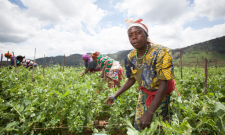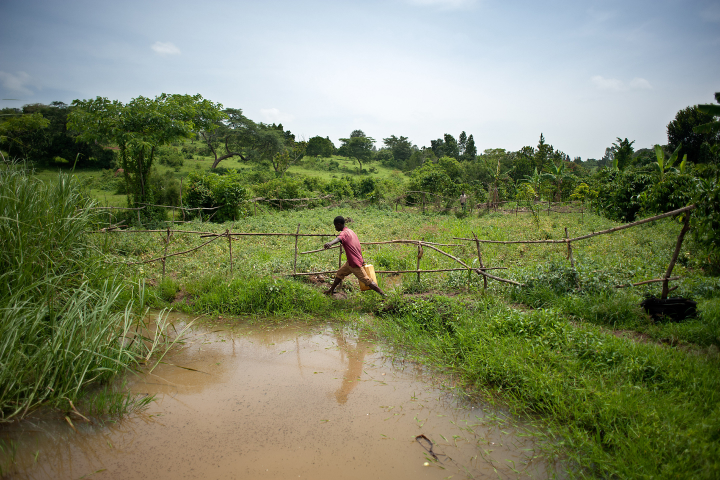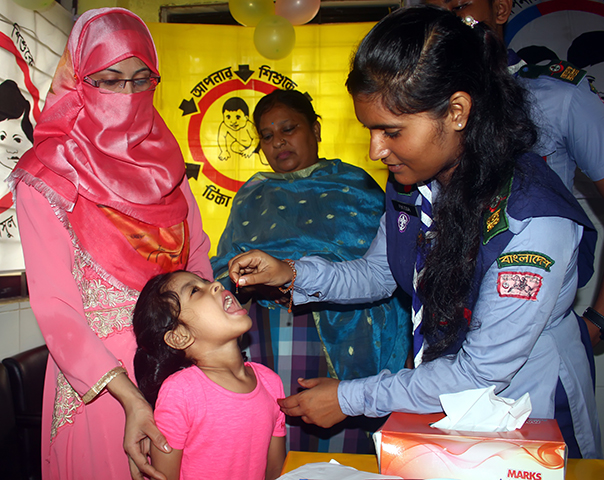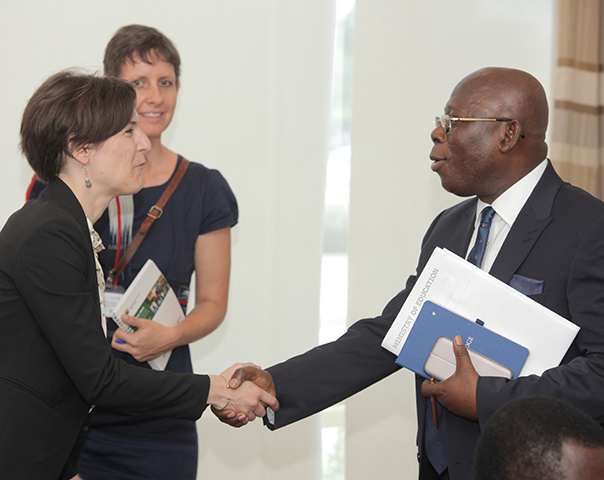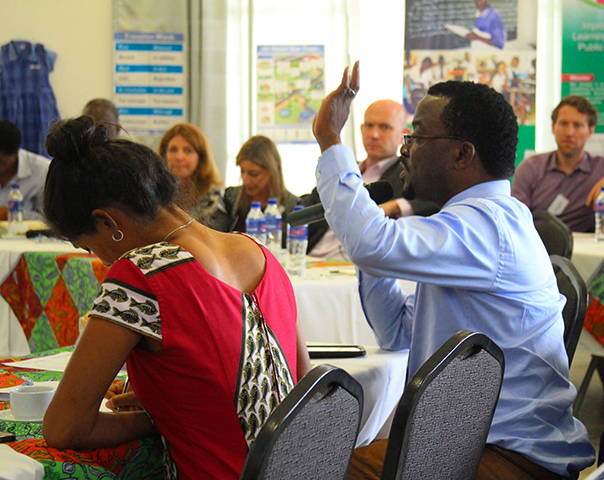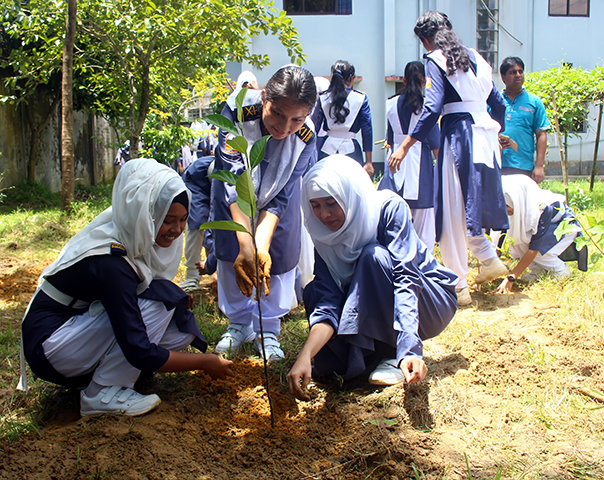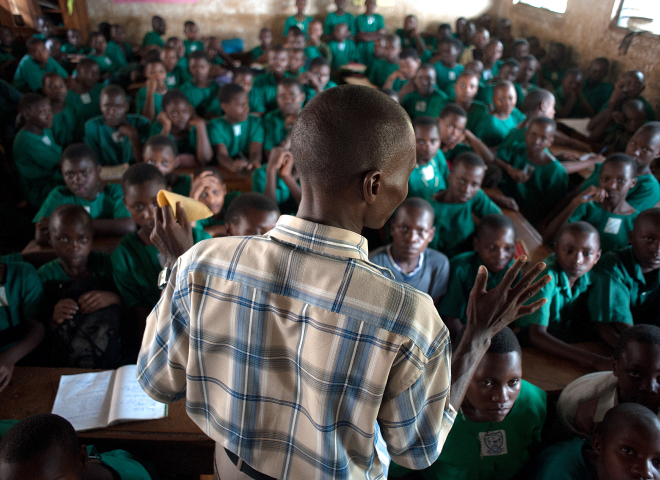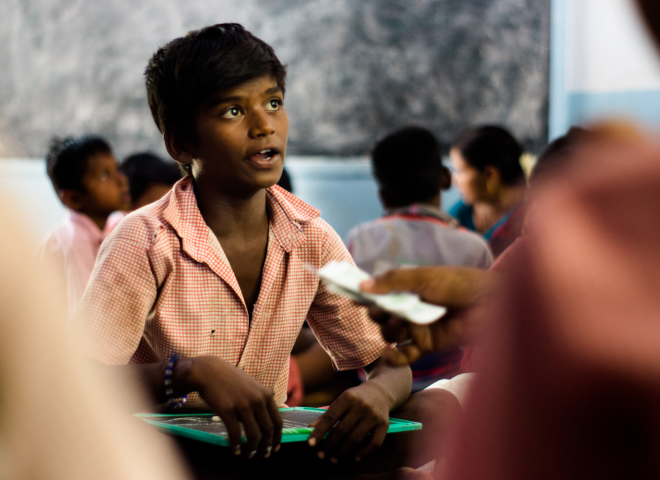Co-Creating Evidence in Crisis: Good Practices for Research Partnerships
This is a blog by a grantee of IPA and J-PAL's Displaced Livelihood’s Initiative, co-authored by Clare Clingain (Researcher, International Rescue Committee) and Elizabeth Radin (Senior Director of Research, International Rescue Committee). It is part of a series of blogs that highlight the work of IPA-funded teams in maintaining ethical standards in fragile contexts.
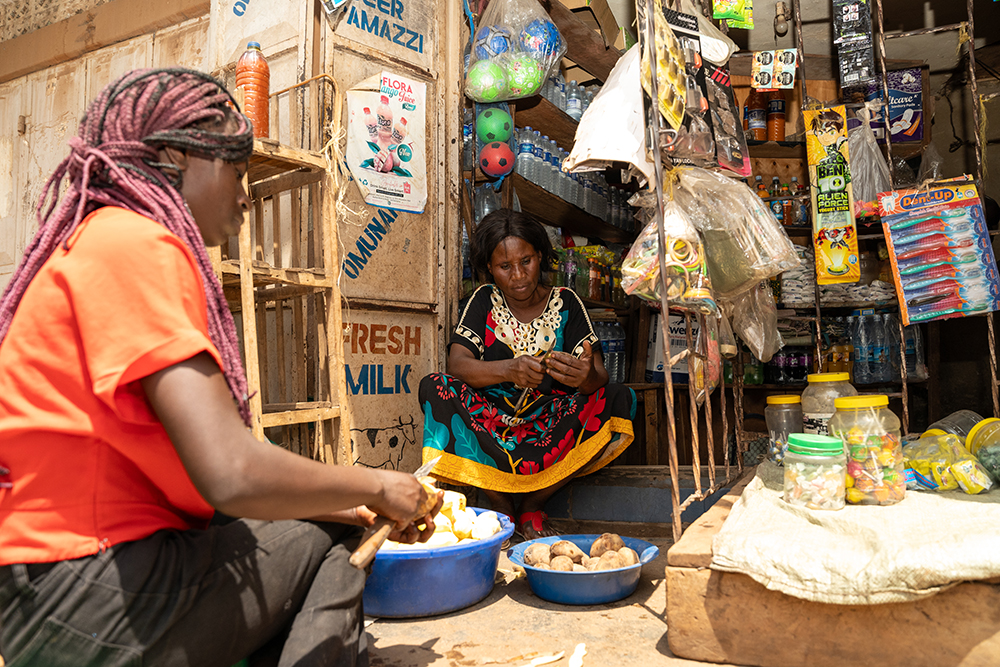
A photo from an evaluation of a program funded by the Displaced Livelihoods Initiative. © 2025 Re:BUiLD
In Jordan, where mental health services were overwhelmed by high demand from refugee populations, the International Rescue Committee (IRC) took a different approach. Instead of arriving with pre-set solutions, we spent three years co-designing the "InforMH" program (“Yalla Nihki” or “Let’s Talk” in Arabic) with hundreds of community members. The goal: to connect people to existing support systems, rather than creating parallel ones. This is just one example of how we are shifting how research partnerships can work in crisis settings—treating local actors not as data sources, but as co-creators and decision-makers.
In today's increasingly complex and protracted humanitarian crises, generating robust evidence in fragile settings has become critically important to enable humanitarian actors to implement impactful, scalable, and cost-effective programs. Yet, most research partnerships in fragile settings follow a familiar pattern: international organizations design studies, local partners implement them, and communities provide data. Effective research partnerships serve as essential vehicles for co-creating this evidence, providing the ethical foundation and contextual grounding necessary to develop and test solutions that truly respond to the needs of crisis-affected populations.
IRC’s Airbel Impact Lab builds research partnerships in fragile contexts, collaborating with Innovations for Poverty Action (IPA), and multilateral agencies such as UNHCR and the World Bank, academic institutions from around the world, as well as local organizations. As part of our collaborative research design, our Re:BUiLD program is currently conducting two Randomized Controlled Trials (RCTs) on a business networking program for refugees and host communities in Nairobi and Kampala alongside IPA, Immigration Policy Lab at Stanford, Makerere University, and Georgetown University, all while leveraging the broader program’s city government partnerships.
However, evidence generation in these settings is not straightforward. Fragile contexts shift rapidly, and conducting research requires both global methodological expertise and a deep local understanding. Research partnerships must be grounded in ethics and equity, ensuring that studies are both scientifically rigorous and responsive to the lived realities of crisis-affected communities.
Effective research partnerships bring together diverse actors, including local NGOs, academic institutions, multilateral organizations, and government agencies. These partnerships amplify local voices, pool complementary expertise, and ensure that evidence is both relevant and actionable. Working across multiple organizations brings its own challenges and requires time and intentional effort from all parties to make it work, but reaps widespread benefits for research quality, dissemination, and uptake.
The “InforMH” program in Jordan did just that. By working through these collaborative networks, we were able to answer research questions that improved program design and implementation, created greater accountability to affected communities, and ensured applicability of research beyond this context. Our collaborative approach is a crucial component in developing a more effective and responsive humanitarian system that better serves the people caught in the world's most challenging circumstances.
Making Partnerships Work
1. Co-design with key partners
Co-design is crucial to the success of research partnerships. When all stakeholders work together to develop research agendas—from identifying the problem to choosing the methodology—it ensures the questions are relevant to all partners. Prioritizing co-design throughout the research process promotes genuine participation over top-down decisions, allowing us to draw on diverse expertise and develop more contextually valid and sustainable solutions.
When we co-designed our business network RCTs under Re:BUiLD, we brought together our program and research teams, academic partners, data collection team, our donor, and representatives from refugee-led organizations to determine the study design and procedures. We didn’t all agree during the research design process. Working through these debates requires an upfront investment of time and effort, but ultimately led to richer discussions and stronger buy-in across all partners into our final study design.
2. Engage partners as early as possible
Another challenge we have managed is that we have not always been able to engage partners as early as we would like. Establishing partnerships requires significant prepositioning, and partners’ priorities can change, or they may choose to pursue other opportunities. Things usually work out fine in the end when we are utilizing longer-term funding and there is a longer runway in which to build these partnerships, but it can be a major challenge with shorter-term funding (12 months or fewer). Starting out with open intentions and being transparent about all moving pieces can help bring partners into the fold, even as progress has already been made.
3. Build in equity
As implementing partners set up research partnerships, they should remember that strong, equitable partnerships yield ethical and strategic advantages. When partners are treated as full partners rather than subcontractors or passive stakeholders, they bring critical technical expertise, stronger community relationships and networks, and the ability to integrate evidence into policy advocacy and program design.
Equitable partnerships also lay the groundwork for scale. When trust and shared learning are encouraged, it becomes easier to replicate interventions, adapt models across borders and attract funders seeking sustainable system-level change. Transparency and strong communication are both key factors in nurturing strong, equitable partnerships. Conducting research in humanitarian contexts can be challenging, as things may change rapidly. Therefore, it’s essential to communicate effectively and promptly with all partners, even if not all the necessary information for decision-making is clear or situations are still evolving.
Key Takeaways
Equitable partnerships in fragile settings require genuine co-design and collaboration. Whenever possible, we should bring all partners together at the earliest stage, when key decisions are still on the table. This strengthens trust between partners, places value on a more diverse set of expertise, ensures we are asking research questions that are critical to multiple stakeholders, and increases the methodological rigor of and co-ownership of research.
Organizations of all sizes can apply these practices by starting with small, focused collaborations that prioritize relationship-building with local partners and affected communities. Smaller organizations often have advantages in adaptability and proximity to affected communities that enable them to foster deeper trust. The trust-based relationships these organizations develop often lead to more authentic community engagement, allowing them to ask more relevant questions and gather more honest feedback—ultimately resulting in more effective and contextually appropriate interventions despite more limited resources.



